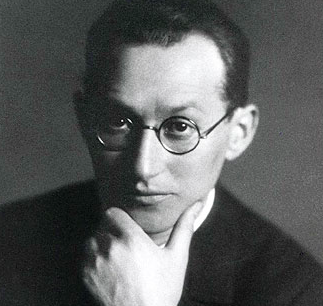From Emma Loftus, part of our Lewin Series
Kurt Lewin’s model of change is a widely used method of understanding and approaching change in living systems.
According to Lewin successful change has to go through three stages: Unfreeze, cognitive restructuring and freeze (also known as re-freeze).
Unfreeze
Accept a problem exists and decide to do something about it- systems have to become motivated to move forwards. This is a difficult stage for systems who are scared of learning. In fact Lewin said that fear of learning is the biggest obstacle to overcome.
Cognitive restructuring
Take action. Look for solutions and explore new ways of doing. Unfortunately experimentation doesn’t always work out well, so this is a challenging time for systems. Change at this stage is often met with opposition from those who don’t want to change how things are done.
Freeze
Make the changes stick and become part of the culture of being and doing. If change is to make a difference, if its going to work then it has to become the new norm. Systems can be reluctant to accept change because they believe that at some point another change initiative will come along and change everything all over again.
You can find out more at The Art of Change Making
You may also like;
Maturana- structural determinism


What do you think?